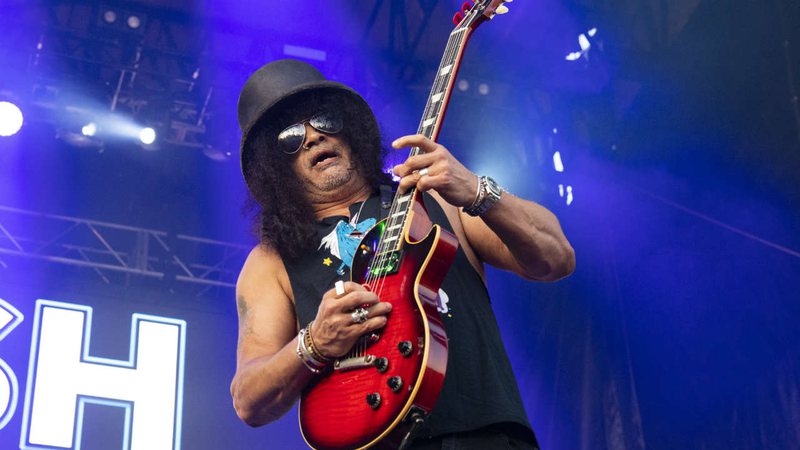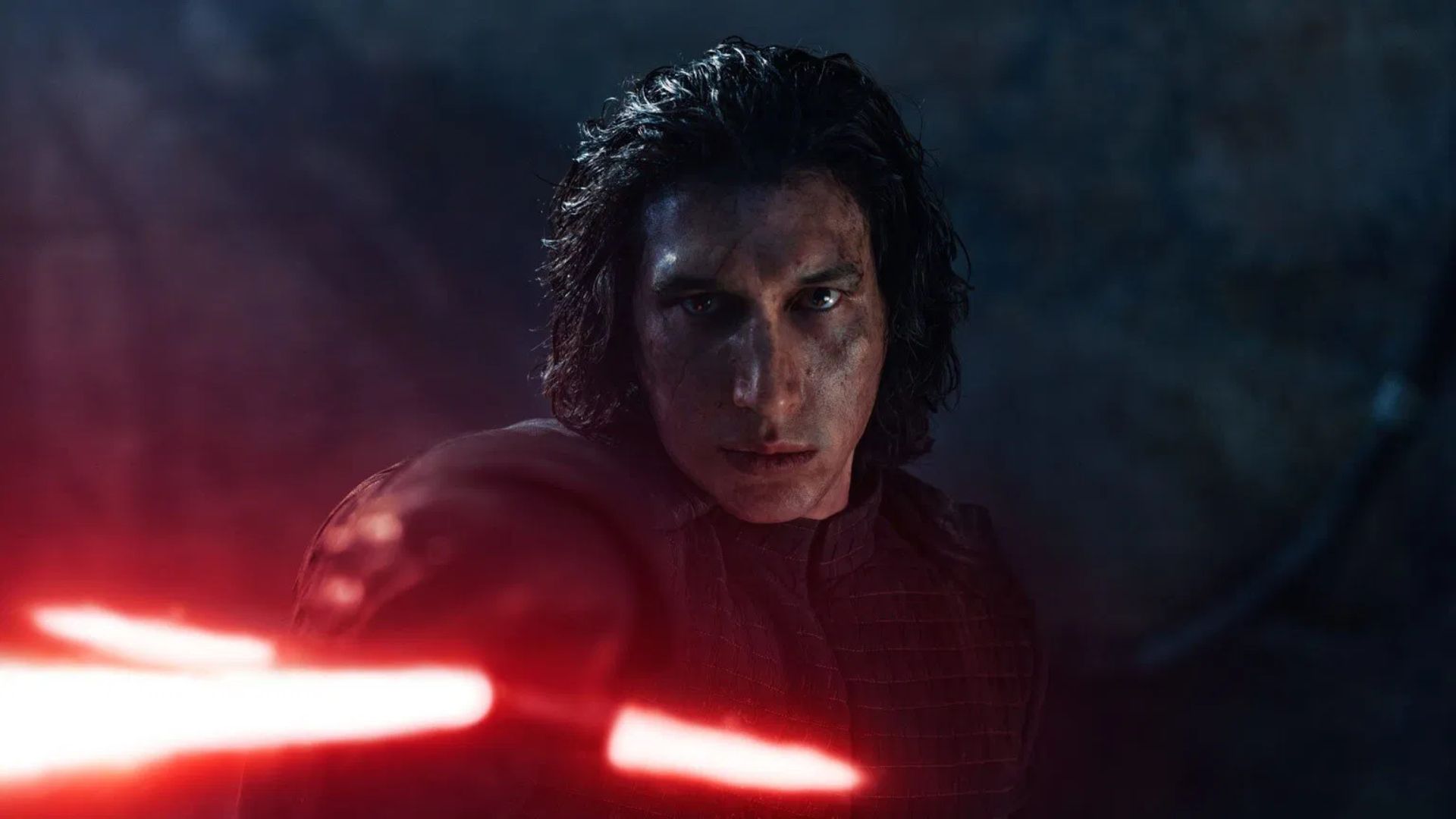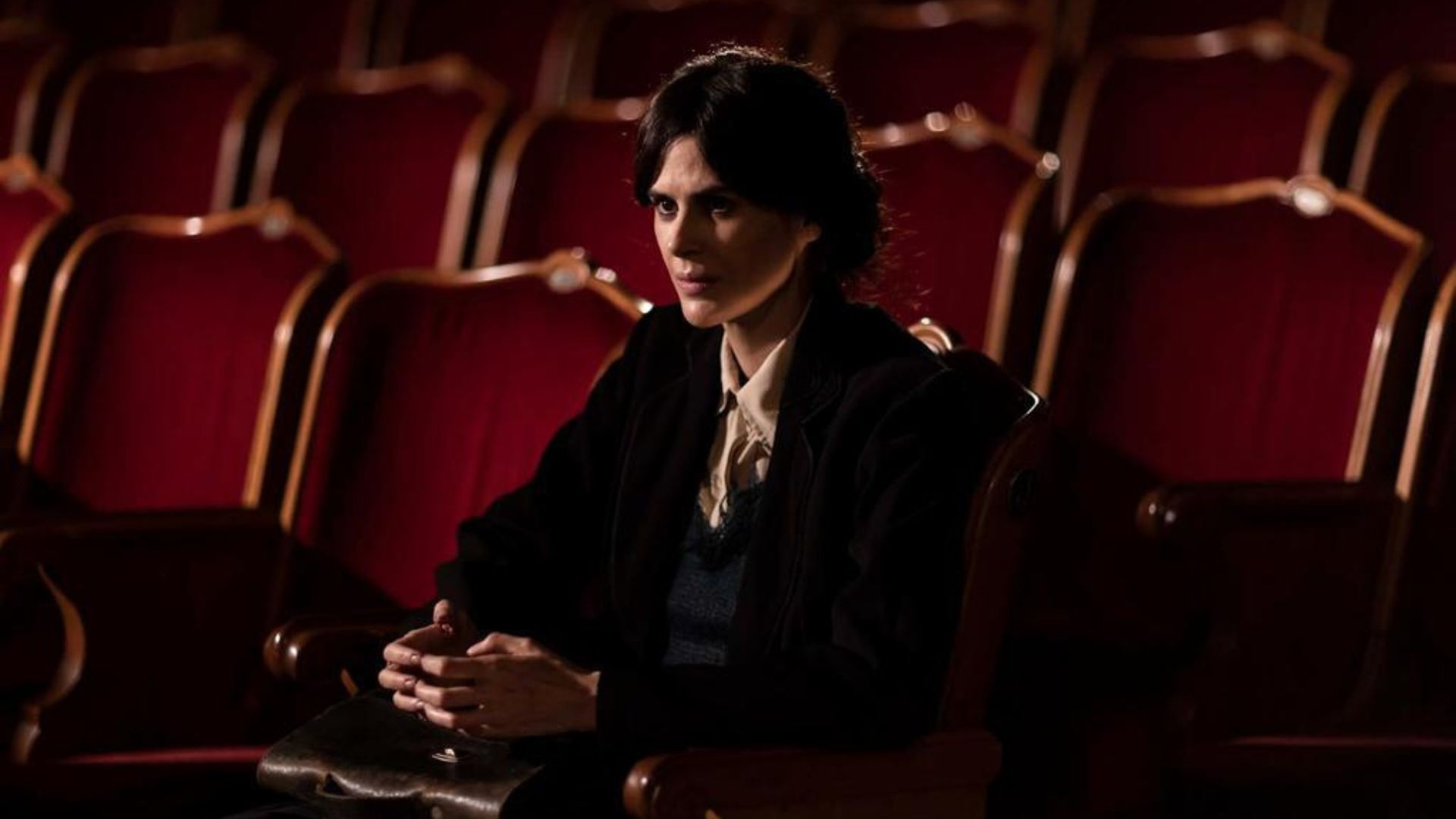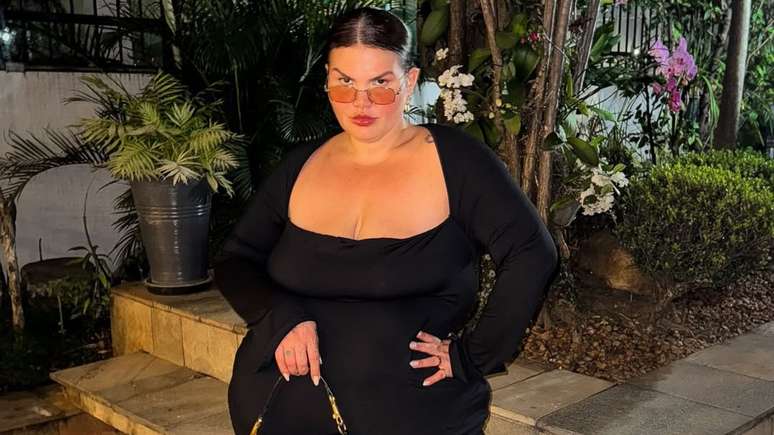In ‘The Collection: Slash’, the guitarist tells the story behind the instruments he used throughout his storied musical career.
One of the greatest guitarists in rock history, slash tells the story behind the instruments he used throughout his storied musical career, on countless hit records and on stages around the world in front of crowds in his new book The Collection: Slash (2023).
In the work, the renowned musicianbrings new insights into the stories behind the music through exclusive interviews with Mark Agnesi (Director of Brand Experience at gibson). Written and edited by Gibson’s Editor-in-Chief, Chris Vinnicombe, The Collection: Slash is an essential item for both fans of slashas well as anyone who admires fine and rare guitars.
With over 300 pages, The Collection: Slash is lavishly illustrated, with numerous photos of the guitarist and his impressive collection of guitars, taken by the Gibson team, and legendary rock photographer Ross Halfinwhose relationship with slash goes back to a portrait session of the Armas e Rosasfrom 1986.
Released in three models, the Custom Edition of The Collection: Slash is signed by hand by slash and limited to 500 copies worldwide. In addition to the artwork, the kit contains a miniature Ax Heaven® Appetite Les Paul guitar, a headband, a tin of Dunlop® guitar picks, a cover poster, four guitar art prints and a certificate of authenticity.
The Deluxe Edition is presented in a Les Paul case, and includes a cover poster, four guitar art prints and a certificate of authenticity. The initial run of the Deluxe Edition is hand-signed by Slash and limited to 1,000 copies.
“I have to admit I buy a lot of guitars,” he says. slash. “And I’m a bit boring because I never got rid of anything. And while you’re constantly putting more and more stuff into stock, I’ve come to realize that while I play many of these guitars regularly, some of them don’t get used enough. And then I thought, ‘God, I want to put them all in a room where everyone can come in and look at them!’ Now, in a way, they can.”
Read exclusive excerpts from the book below. The Collection: Slashwhere the guitarist remembers when each instrument came into his life and how it continues to be part of his musical experience until today:
KRIS DERRIG REPLICA
One of the most famous Les Pauls is not a Les Paul. Featured in almost all Appetite for Destruction (1987), the Kris Derrig replica is the source of the album’s coveted guitar tones, and arguably reignited the flame of the Les Paul brand in the 1980s.
“Getting the Derrig was an interesting kind of perfect storm, because I went from having no identifiable sound during the basic tracks on Appetite to getting this guitar, with these specific pickups, played through a specific rented Marshall amp. tab). All these factors contributed to a great guitar sound that has served me well ever since.”
GIBSON LES PAUL “JESSICA”
slash acquired the Gibson guitar – one of two second factory – with three-piece tops that the company sent him after he retired the Derrig copy from road work.
“It became my mainstage guitar with Guns and through Velvet Revolver,” he says. “Is still. Jessica is the main guitar of Appetite For Destruction (1987). I open the set with her to ‘It’s So Easy’ It is ‘Brownstone’play ‘Paradise City‘ with her and touch ‘Bem Vindo a Selva’ with her. The guitars you take on tour and play the most are the ones you’re most comfortable with, the ones that give you what you want from them, the ones that are consistent. At the time, it was one of two guitars I had for the road, so I made it work. And now it’s a core part of what I do.”
GIBSON LES PAUL “THE FIRST ‘BURST” – 8 3096
“It was definitely an acquisition because of what it is. But it’s also a really great sounding guitar. And that was the biggest selling point for me – it has incredible tone. I don’t take it on the road. Gibson made me a replica, which sounds great too.”
1959 LES PAUL STANDARD – 9 0844
Acquired in the early 1990s, it was the company’s first ’59 ‘Bursts’ gibson in slash and the instrument continues with one of his favorites to this day. As well as boasting a stunning finish, the guitar is easily identifiable via a telltale “snake bite”.
“It has a particular sound that appeals to me, a certain type of attack and personality that I recognise. […] It’s the right choice for me because I know what it does. The PAF pickups sound so heartfelt. The guitar is very different from, say, the Derrig, which has a much more modern Les Paul sound – it’s louder, it has more attack. If you like slow blues or something, the tonality on this particular ’59 is really great for that sort of thing.”
EARLY 1970’S EPIPHONE 6830
This Japanese-made steel-string acoustic isn’t the oldest guitar in the collection. slash, but it’s what he’s had the longest. These days, the Epiphone is a far cry from late-night strumming sessions.
“I think I was probably in high school when I got it. And I appreciate the fact that I got to keep it and nothing happened to it. When I was 15, I was babysitting, and this kid I took care of, his parents hung him on the wall next to a mandolin. I asked them: ‘Can I play while the child is sleeping?’ I was still playing when they got home, and they ended up giving it to me. It’s been a long time since I’ve picked it up and touched it, because the tailpiece is threatening to fall off and I had to secure it. So I kind of leave it alone. It’s more of a memory than anything.”
1959 GIBSON FLYING V – 9 1705
“When I was making records I and II of Use Your Illusion (1998), I was looking for different guitars for different songs, and it was the first time I had the money to do that. I found out about korina from the 58’s and 59’s, and I looked for my friend who is a guitar broker. It came with two Explorers and this V, and I bought all three. It was one of those purchases where I thought, ‘Well, let’s see how this sounds.’ And it was, ‘Oh, that’s fucked up!’”
1980 BC RICO MOCKINGBIRD
“This is the only guitar I have a photographic memory of owning. I bought it off a guy in front of [extinta boate de LA ] Cathouse. I barely knew him, but I saw him regularly every Tuesday night when I went there. He told me he had a Mockingbird he wanted to sell and he said, ‘I’ll bring it down.’ And the following Tuesday, like, 11:30 pm, he comes walking down Highland Avenue with a guitar case. I bought it from him on the sidewalk.”
Source: Rollingstone
Earl Johnson is a music writer at Gossipify, known for his in-depth analysis and unique perspective on the industry. A graduate of USC with a degree in Music, he brings years of experience and passion to his writing. He covers the latest releases and trends, always on the lookout for the next big thing in music.





![Here it all begins in advance: Carla discovers her true colors!… What awaits you in the week of October 27 – October 31, 2025 [SPOILERS] Here it all begins in advance: Carla discovers her true colors!… What awaits you in the week of October 27 – October 31, 2025 [SPOILERS]](https://fr.web.img4.acsta.net/img/1a/c9/1ac9c60c3279849c2babe78e208ce4ff.jpg)


